Hello everyone. Thank you for reading this article. I’m Shogo from Let’s ask Shogo, the interpreter of the online lessons and owner of this website.
Japanese Budo profoundly emphasizes the practice of “Kata.” Kata, comprising structured forms and movements unique to each martial art discipline, embodies a significance that extends far beyond the mere acquisition of combat techniques. Instead, it is a multifaceted training methodology encompassing various physical, mental, and cultural development aspects. Let’s discuss the four main purposes of training Kata in Japanese Budo.
1. Mastery of Techniques:
Kata represents a series of predetermined movements and techniques specific to each martial art form. Regular and diligent kata practice enables practitioners to internalize foundational movements, refining their execution and efficiency. Mastering kata is fundamental to developing precision and effectiveness in real combat scenarios.
2. Holistic Training and Physical Conditioning:
Engaging in kata practice serves as an avenue for enhancing physical attributes such as balance, flexibility, strength, and coordination. Through repeated execution of kata sequences, practitioners refine their body control and the application of techniques, fostering a deeper understanding of movement dynamics and functionality within the martial arts.
3. Psychological Impact:
Beyond physical attributes, kata training offers profound psychological benefits. The concentrated and disciplined execution of techniques within kata cultivates mental fortitude, focus, patience, and self-discipline. Practitioners develop the resilience and mental clarity necessary to navigate high-pressure situations within training environments and daily life.
4. Preservation of Tradition and Culture:
Kata serves as a vessel for preserving each martial art form’s rich heritage and values. It encapsulates the essence of a martial art’s cultural background, philosophical underpinnings, and historical significance. Through the rigorous practice of kata, practitioners learn combat techniques and immerse themselves in the ethos and traditions of their martial arts.
In summary, kata in Japanese martial arts transcends mere combat practice, embodying a comprehensive approach to personal development. It integrates physical refinement, mental discipline, and the transmission of cultural heritage. Kata serves as a conduit for embodying discipline, tradition, and the deeper philosophical principles that define the essence of budo—offering practitioners a holistic path toward self-improvement and understanding.
Now I know you’d love to learn more… Our online lessons are one of the best options to learn Japanese Budo. Please check our other pages or Patreon.

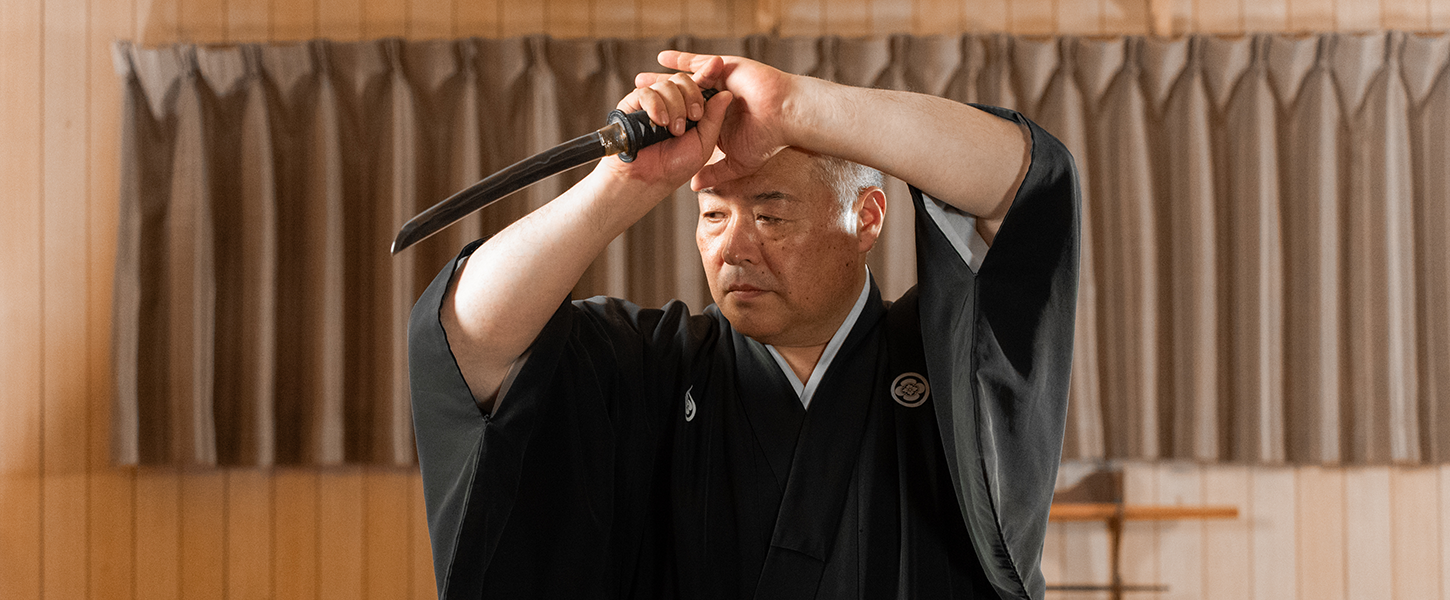

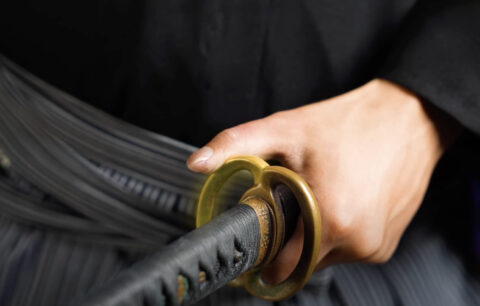
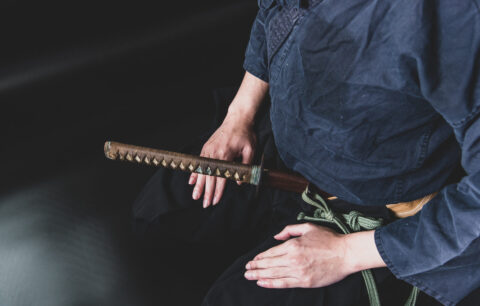
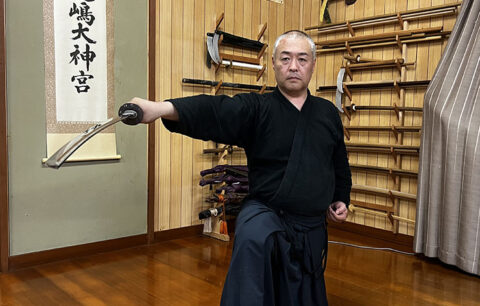
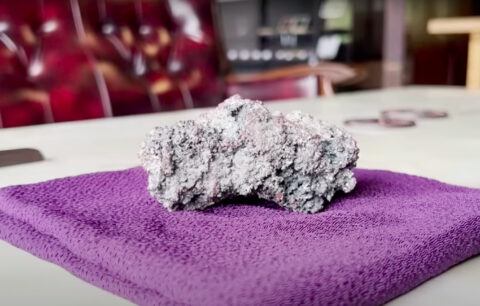
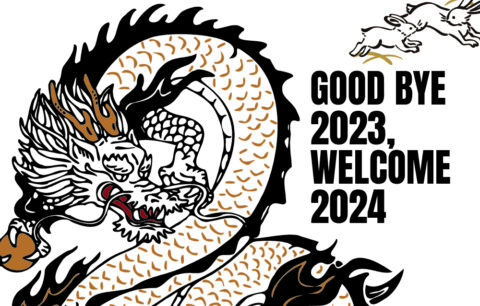
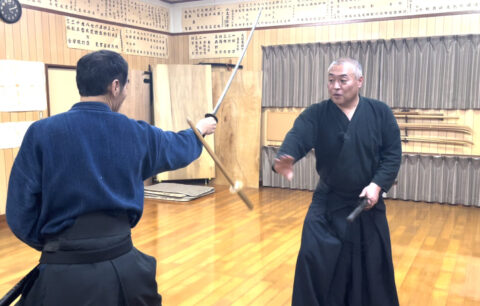
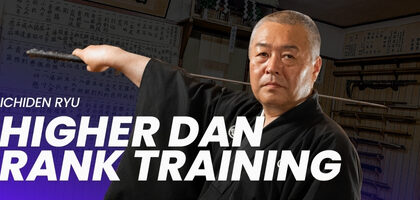
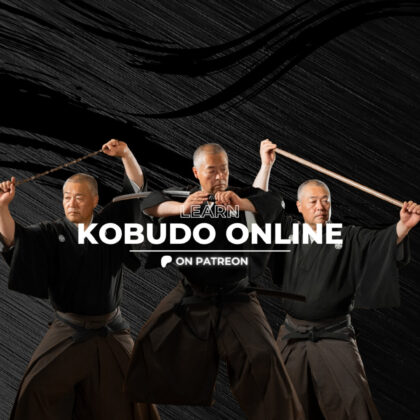
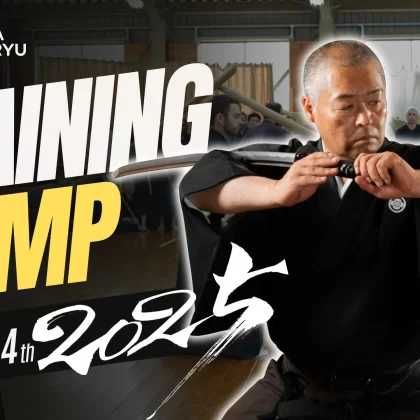




Great article on Kata. I think Kata has gotten a bad reputation over the years, going back as far as Bruce Lee and the rise of martial arts in the West. He believed Kata weren’t useful in practical self defense, which is up for debate; but this view has widely become accepted on what I would consider a false premise. Most of the critics of Kata almost seemingly “strawman” the idea that if you learn Kata, you will only be able to fight using the Kata. And if any specific Kata or movement does not provide a solution to an endless number of “what if” scenarios, that means “ALL” Kata is useless. It’s an endless and pointless argument of “oh yeah, what if your opponent does THIS?” There is no reasoning with someone who thinks like this, because they’ve already made up their mind.
As you detailed in this article, Kata is practiced for many reasons other than “self defense”, and deciding it’s merit and usefulness based on a series of assumptions or fallacies seems arrogant and pretentious at best.